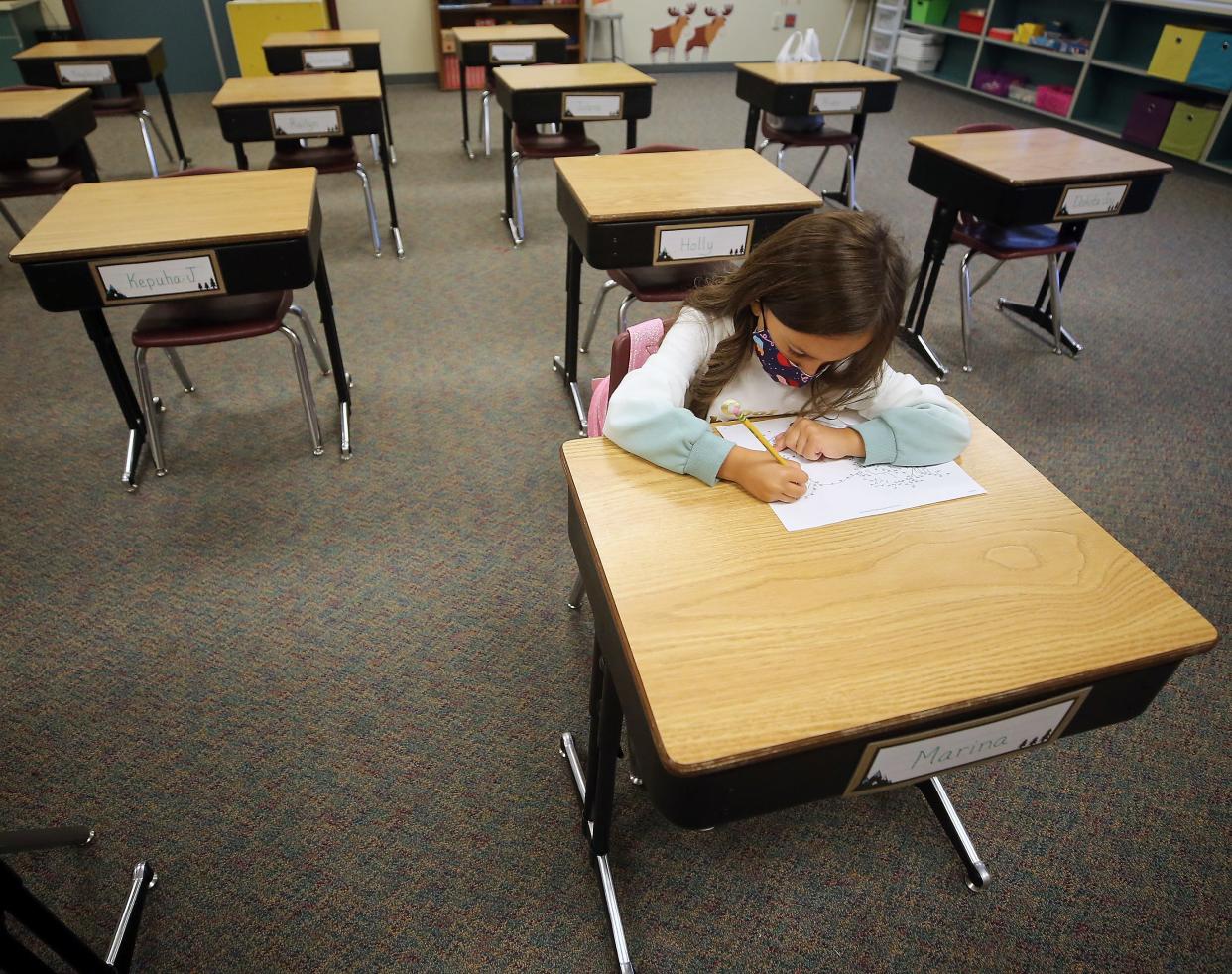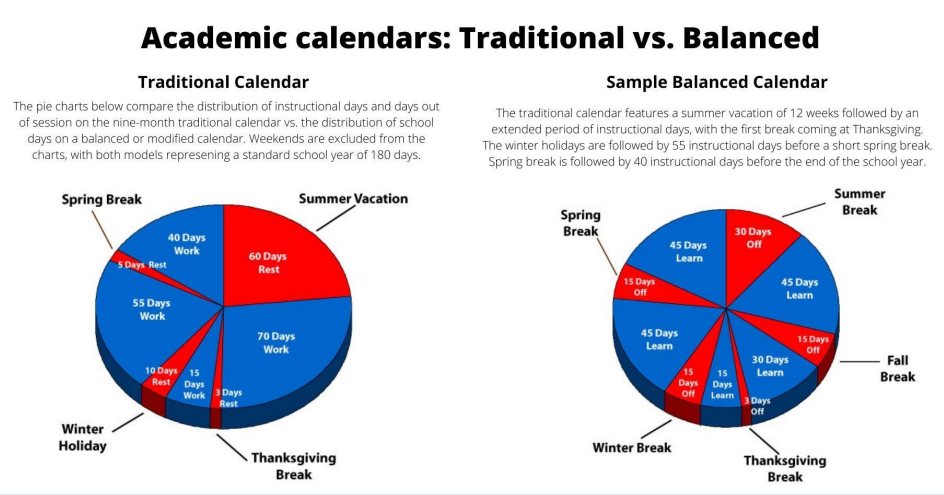Shorter summer breaks? Bremerton, North Mason schools investigating calendar changes

Bremerton and North Mason are among school districts in Washington state investigating moving away from a traditional school-year model for a more continuous, balanced calendar that would shrink the amount of time students and teachers spend out of the classroom in the summer.
Balanced calendars, advocates say, offer more periodic breaks throughout the school year, which helps with alleviating student/teacher burnout and preventing learning gaps created by lengthy summer breaks.
Bremerton first began exploring a balanced calendar during study sessions prior to the arrival of the COVID-19 pandemic in spring of 2020, while North Mason is one of 26 school districts in Washington state that has applied for grant funding through the state's Office of Superintendent of Public Schools to study the balanced calendar model.
The earliest Bremerton and North Mason would make a switch in school calendar models would be 2023-24.
"Our immediate goal is to shine a light on this alternate school calendar and for our students, staff and families to weigh in on the feasibility of moving to this calendar, and making sure they have the information they need in order to provide us with input and feedback," Bremerton School District Superintendent Aaron Leavell said.
Last fall, BSD officials used a ThoughtExchange survey to gather comments and concerns from stakeholders within the district. More recently, in May, BSD held two forums featuring guest speaker David Hornak, the executive director for the National Association for Year-Round Education and superintendent of a public school system in Holt, Michigan, that offers both traditional and balanced school calendar models.
A former teacher, Hornak said he worked 13 years for schools that used a traditional calendar year, which typically features 180 days of instruction between Labor Day in September and mid-June, followed by 60-plus consecutive days off in the summer.
“I quickly learned that as a new teacher, I became fatigued in October annually," Hornak said. "I just thought that’s what teachers did: they recharged their batteries in the summer and within six-to-eight weeks of the next school year, I thought that everyone just got tired and limped to the finish line.”

Hornak said a common balanced calendar model could feature 30 days off in the summer and three 15-day breaks in the fall, winter and spring. The school year would begin earlier in August and end later in June, but would offer the same 180 days of instruction as a traditional calendar.
“People think we’re going to school over 300 days a year. That's not the case," Hornak said. "I'm not advocating for more school days. I am advocating that you consider using your 180 days more efficiently across the calendar year."
Hornk described the lengthier breaks offered in a balanced calendar as "intercession" periods, where students who need to engage in learning remediation or enrichment could do so without having to wait until summer school. These breaks would also allow school staff to rejuvenate, reflect and plan throughout the year, instead of being off for one long period of time in the summer.
“This particular calendar fits better with current lifestyles and workloads," Hornak said. "I don’t know of another career that allows for 10, 11, 12 or 13 weeks off consecutively.”
Results from Bremerton's ThoughtExchange survey show that stakeholders have some reservations in a balanced schedule, including the lack of air conditioning in buildings in the summer months, parent work schedules, childcare, and compatibility with academic/athletic schedules utilized by other school districts with traditional schedules,
"The ThoughtExchange was a good opportunity to see themes that emerged for potential challenges," Bremerton school board president Alyson Rotter said. "That has allowed us to begin researching/investigating those things as we continue to engage the community."
This article originally appeared on Kitsap Sun: Shorter summers? School districts investigating calendar changes

